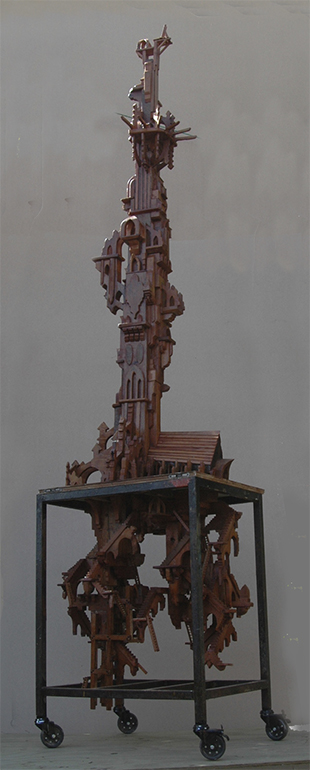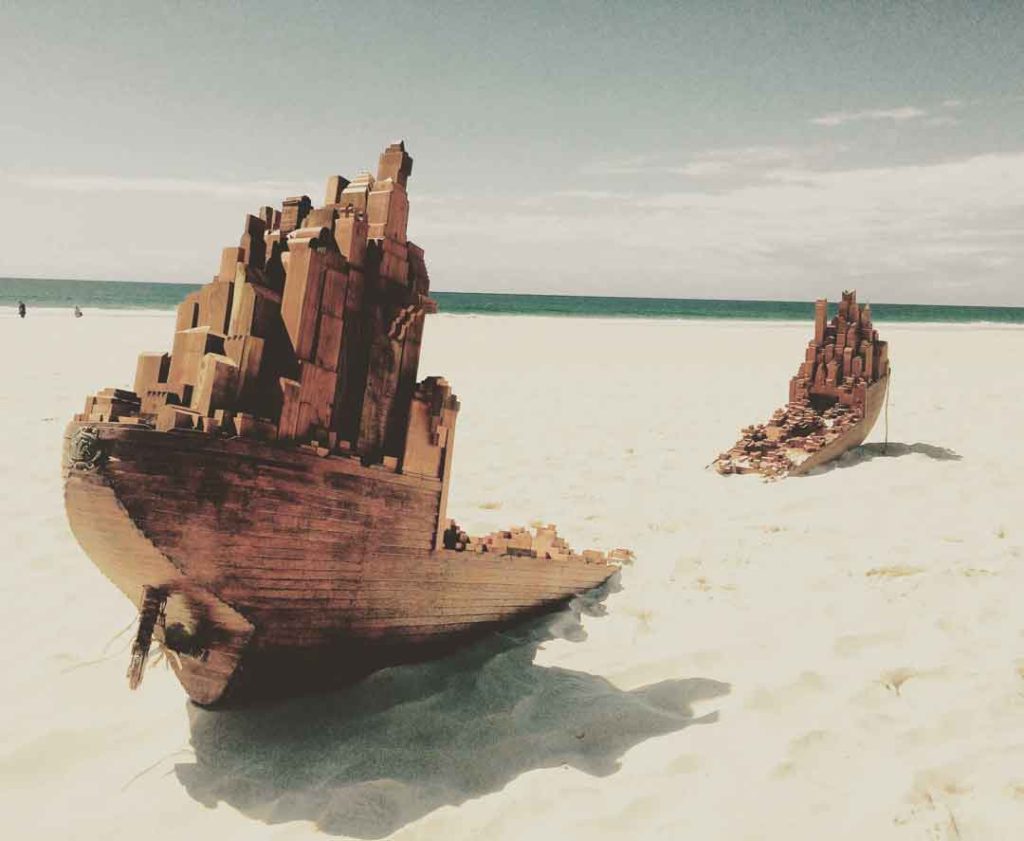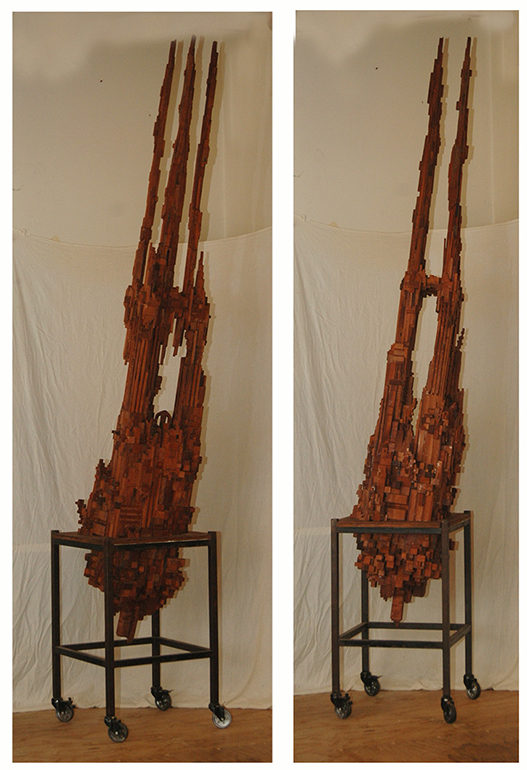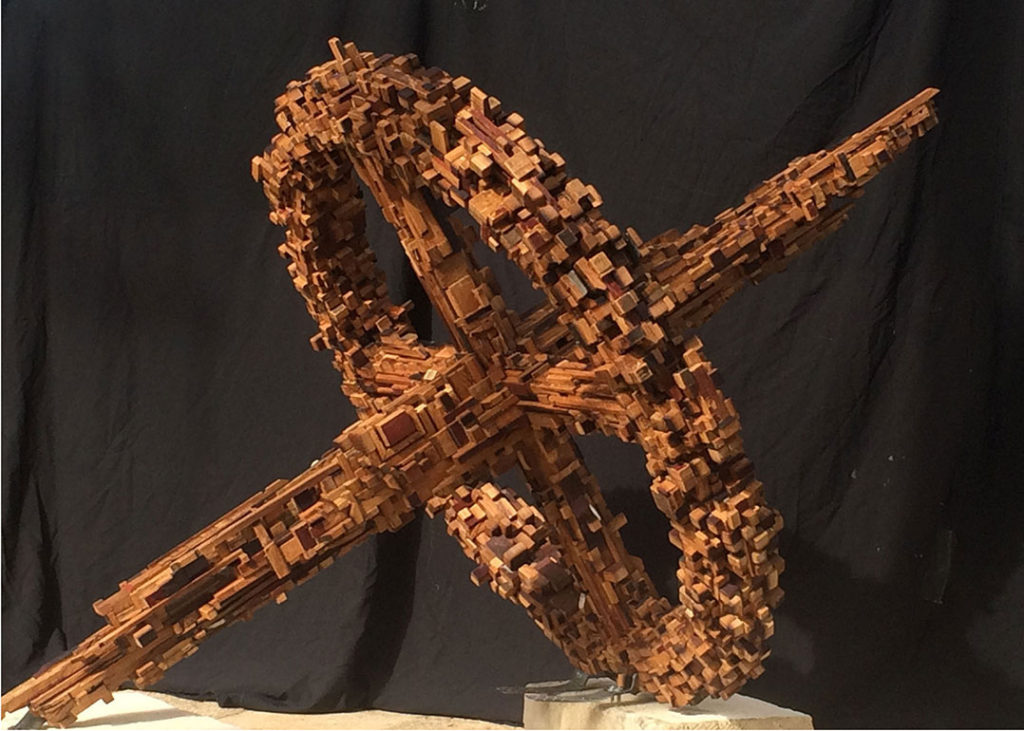INFRASTRUCTURE PROTOTYPES 2015 -2016

UNDERBELLY
Infrastructures are the largely invisible substructures that organise our behaviour and are hidden behind, below and within visible structures. First impressions of my Infrastructure prototypes emphasize the vertical impulse; a densely packed urbanization or compression of space that seems to cause the eruption into the vertical planes of the High Rise. The structures are presented in different scales with details that appear to morph in and out of their host entities.
SHIP OF FOOLS
Infrastructure (P5) is loosely based on an allegory by Plato, ‘The Ship of Fools’ which “…depicts a vessel without a pilot, populated by human inhabitants who are deranged, frivolous, or oblivious, and seemingly ignorant of their course….” There is a timelessness to this tale of human folly – both in terms of the current state of the environment but also quite literally felt by most New Zealanders in light of the grounding and eventual destruction of the Container Ship “Rena” on Astrolabe reef near Tauranga in 2011. From a castaway vantage point looking at the city, the density of it, the bigness of it, the momentum that is generated there, is in stark contrast to the reefs that protect Her from the ocean. This is another layer of response to Plato’s allegory; rampaging growth and development has pride of place in the city, and inevitably touches the shores of the surrounding landscape. Looking across the Gulf literally keeps that force in perspective and Infrastructure P5 taps into this, as if humanity has spilled over the boundaries of the mainland and continued building in an insatiable quest for progress.
IMPACT
Infrastructures are the largely invisible substructures that organise our behaviour and are hidden behind, below and within visible structures. Infrastructure (Prototype 3) is the latest in a series of works that build on this idea. First impressions of my Infrastructure prototypes emphasize the vertical impulse; a densely packed urbanization or compression of space that seems to cause the eruption into the vertical planes of the High Rise. The structures are presented in different scales with details that appear to morph in and out of their host entities.
TORUS
Torus is part of an ongoing series of works on infrastructures, which address largely invisible substructures that underlie and organise our behaviour. Torus relates to the Stanford torus space station proposed by NASA in 1975. Intended as a model for possible future space colonisation, this style of space station has been popularised in sci-fi literature and films such as ‘2001: A Space Odyssey’ and, more recently, ‘Elysium’. Torus is built from French Oak, recycled from wine barrels, the use of this material is a reference to early spacecraft that were lined with similar white oak to protect them from the extreme heat generated whilst passing through the earths atmosphere.
This entry was posted on Tuesday, May 31st, 2016 at 10:31 pm
You can follow any responses to this entry through the RSS 2.0 feed.
Posted in: EXHIBITIONS




